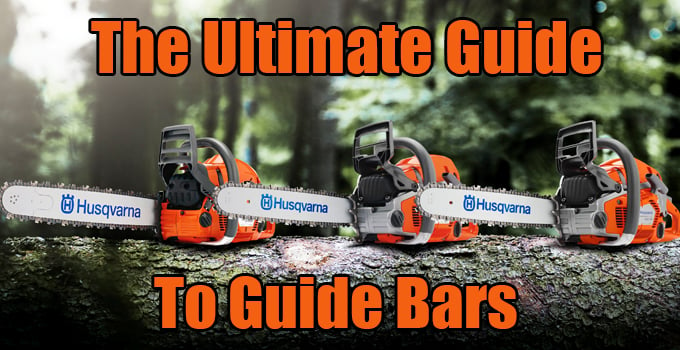Sprocket bars, solid nose bars, carving bars, narrow and wide nose bars….what’s the difference?
I’m here to tell you!
While all bars are good bars, they all have different purposes.
Sprocket nose bars allow the chain to move more quickly around the nose of the bar with a minimum loss of heat and power.
Replaceable sprocket nose bars have replaceable sprocket noses. This is useful if you decide to change the pitch of the chain you are running. And if the sprocket gets damaged, only the nose needs to be replaced rather than replacing the whole bar, which is much more cost effective!
Solid nose bars are used for cutting in very sandy, gritty, dirty conditions. They are also more robust than sprocket nose bars. The only downfall of these bars is that they tend to be more expensive and they can get very hot and leach some of the saw’s power.
Carving bars are used for exactly what they sound like, carving wood! These bars are slender solid nose bars that are used on smaller chainsaws. They are light weight and have a small radius nose. The small radius of the nose make them very good for boring and carving wood, making it very useful as a wood working tool. These chains also have a lot more slack and can run as small as ¼” for detailed carving work.
Narrow nose bars are good for reducing the chance of kickback while wide nose bars have a much better boring performance. Both of these bars are variations of the solid nose, sprocket nose, and replaceable sprocket nose bar.
As you see, there are many types of guide bars available, and they all have specific purposes and certain pros and cons.
Depending on what job you are doing with your saw will determine which bar you use, now you know what bar does what and can make your choice!
Featured Parts:
